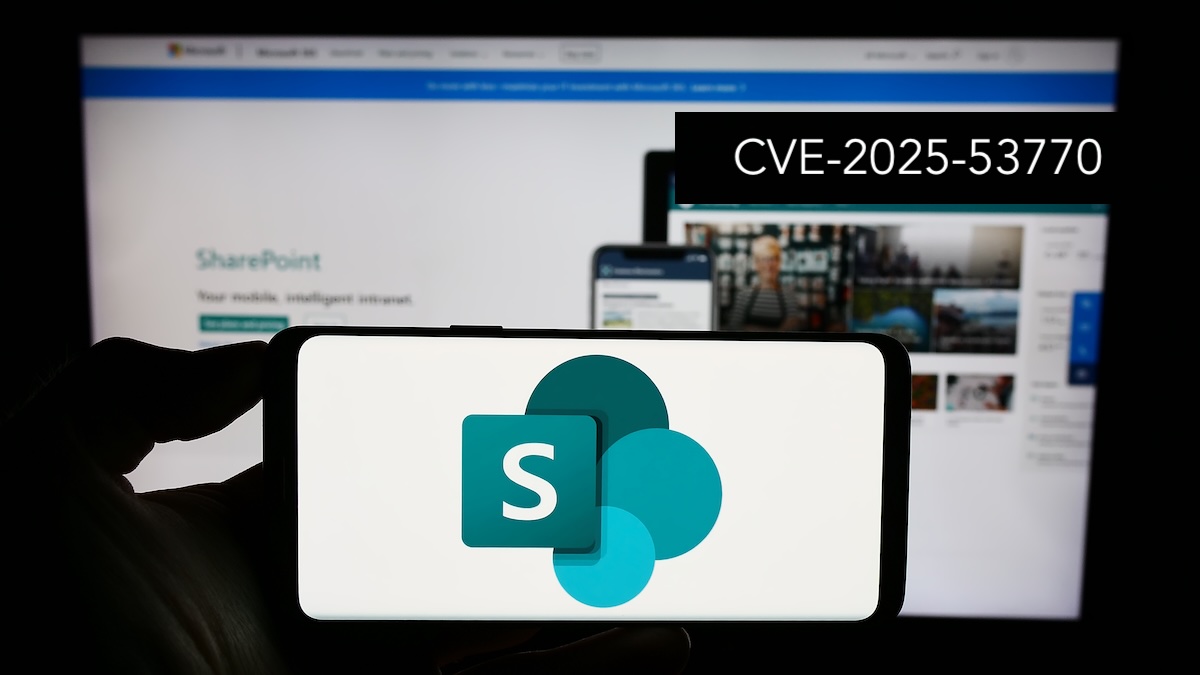Building an application is easy, thanks to all the no-code or low-code tools available out there. What isn’t easy is building an application that is secure enough to protect all sensitive data.
After all, if an application fails to protect user data, it can damage the organization’s reputation to a great extent.
This is where application security testing helps. However, you will need to use some tools to protect your application. Tools that can scan your application, look for vulnerabilities, and help you fix them.
In this article, you’ll find the best security tools to help you build a secure application. But before discussing it, let’s understand application security first.
What is Application Security?
In simple words, application security is the process of identifying, fixing, and preventing vulnerabilities in an application from the beginning of the software development process. This includes taking security measures throughout the development lifecycle— from development to launch.
In today’s world, application security has become a necessity to succeed in any industry. By including AppSec, organizations can substantially reduce the likelihood of security breaches in their codebase or open-source components used in the application.
Most organizations rely on applications to power up almost every task, so keeping them secure isn’t just important but non-negotiable. Here are some of the reasons why organizations need AppSec-
Now that you know what application security is, it’s time to understand application security testing.
What is Application Security Testing and Its Types?
Application Security Testing (AST) is the process of making applications more resistant to security attacks with the help of tools and practices that allow the developers to identify and fix vulnerabilities in the application.
AST started as a manual process, but organizations automate most of the testing using several application security tools. Here are the types of tools developers use to ensure an application’s security.
Static Application Security Testing (SAST): SAST tools scan status source code and spot security vulnerabilities.
Dynamic Application Security Testing (DAST): DAST tools execute code and scan it in real-time, identifying vulnerabilities that could lead to security issues.
Software Composition Analysis (SCA): SCA tools allow developers to check third-party components used within the software and spot and fix vulnerabilities before reaching the production stage.
Interactive Application Security Testing (IAST): IAST tools are basically an amalgam of SAST and DAST tools that allows developers to detect and fix a wider range of security issues.
Mobile Application Security Testing (MAST): MAST tools can test for vulnerabilities like SAST, DAST, and IAST, and in addition to that, they can also spot mobile-specific issues like malicious wifi networks, data leakage from mobile devices, etc.
But why should you consider using these tools? Are these essential for your application? Let’s find out.
Why Application Security Testing Tools Are Essential?
AppSec has become an integral part of any application development process, and to perform it, multiple tools are needed. Here are some of the most important reasons why application testing tools have become essential-
Early Stage Detection
An AppSec tool can help you detect security issues in the early stages of the development process when they’re easy and inexpensive to fix.
Automatic Testing
Developers are busy developing the application, and testing the application in different stages of the SDLC can be unnecessary. This is where a tool can help by automating the task and saving the developer’s time.
Testing Speed
The traditional way of testing codes is very slow to fit into the DevSecOps application development model. With an AppSec tool, the process speeds up without hampering development.
Prioritization
Not all vulnerabilities need immediate fixes, but there may be some that would require them. An AppSec tool can highlight vulnerabilities based on their priority level.
In the next section, we’ve curated a list of a few best AppSec tools that can help you launch applications with minimum vulnerabilities.
List of Best Application Security Testing Tools
Finding the right tool for securing your application is a little tricky. If you want to do it by yourself, you’ll need to try multiple tools to find the right one. However, trying multiple tools by yourself will take unnecessary time and waste resources. Here are some of the best application security tools that you can use to protect your application and all the sensitive information it contains.
Scantist

Modern applications consist of plenty of open-source codes. However, these codes can come with vulnerabilities that could affect the application’s security. This is where Scantist helps.
Scantist is the only tool that allows scanning both source code and binary code in a single platform. While the source code is for developers to control the build phase of the development cycle, binary code is for teams with no access to the source code.
Features:
Acunetix

Acunetix is a DAST and IAST tool that helps developers to quickly identify and fix vulnerabilities that can put the application at risk of attack. With Acunetix, you can easily automate and schedule scans. It can also be easily integrated with your tracking system, like Jira, GitHub, etc.
Features:
Burp Suite From PortSwigger

Burp Suite is one of the most trusted penetration testing tools, which can help organizations secure their websites and speed up software delivery. Here are some of the features of the tool-
Veracode

Veracode comes with some code review tools that can help you assess and improve your application’s security from the beginning. Veracode’s code review tools include-
SAST: This helps developers to identify and remediate vulnerabilities without having to manage a complicated tool.
SCA: It helps to identify and remediate vulnerabilities in open-source components.
Veracode Static Analysis IDE Scan: It runs in the background to identify issues while the code is being written.
Features
Synopsys

Synopsys offers application security and quality analysis tools. It can seamlessly integrate into your DevOps environment, help you detect security issues, and provide fixing solutions.
Features:
AppCheck Ltd.

AppCheck is a scanning tool that can help you perform automatic scams to detect security vulnerabilities in your application, website, and networks. It’s a highly configurable tool, and you can configure it as per the current security posture.
Features-
Comparison of Top Application Security Testing Tools
To help you understand better and find the right tools, here’s a comparison of the tools based on various features-
Final Thoughts
Building an application has become easy nowadays; however, building and launching aren’t the only important things. Organizations also need to ensure the application’s security so that it doesn’t leak any crucial data. If the application isn’t secure enough, people will abandon it and it will also hamper the name of the parent organization.
This is where these security tools come in. They help you test your application in different ways that can help you check your application before it enters the real world.
So these were the top appsec tools that can help organizations ensure the security of their applications. You can use these tools to ensure the security of your application.




